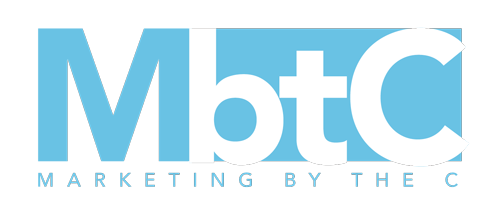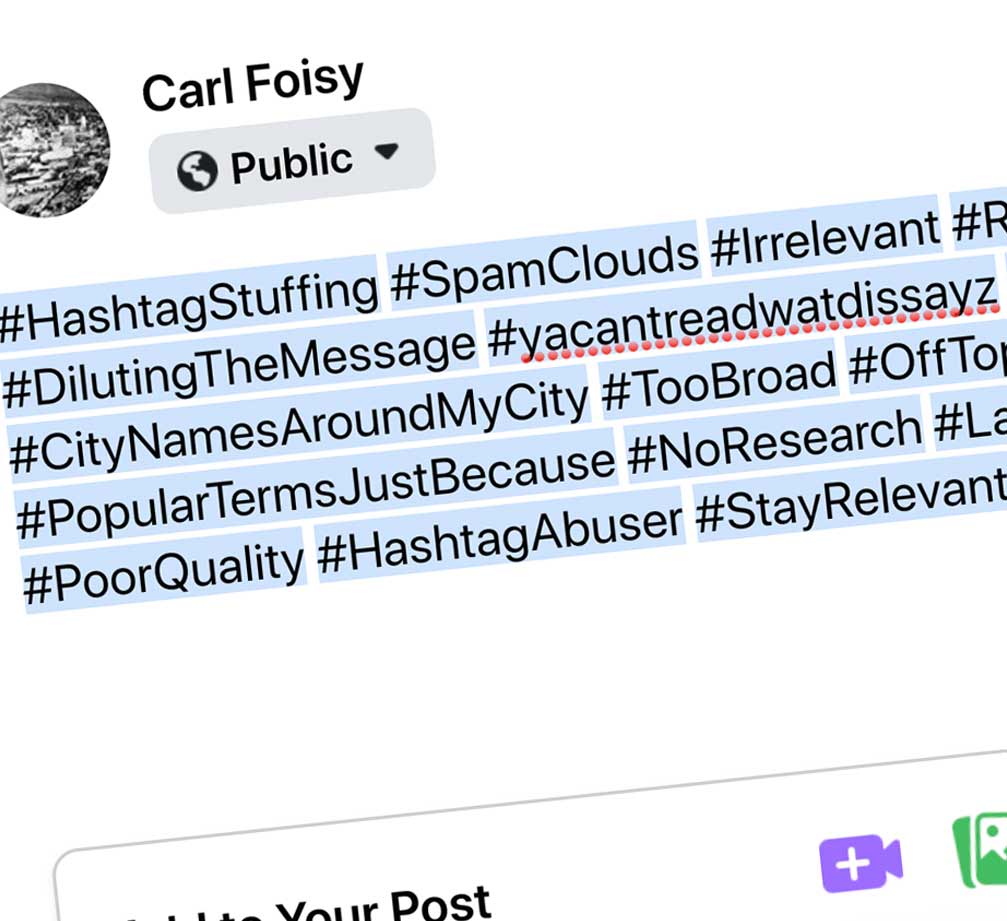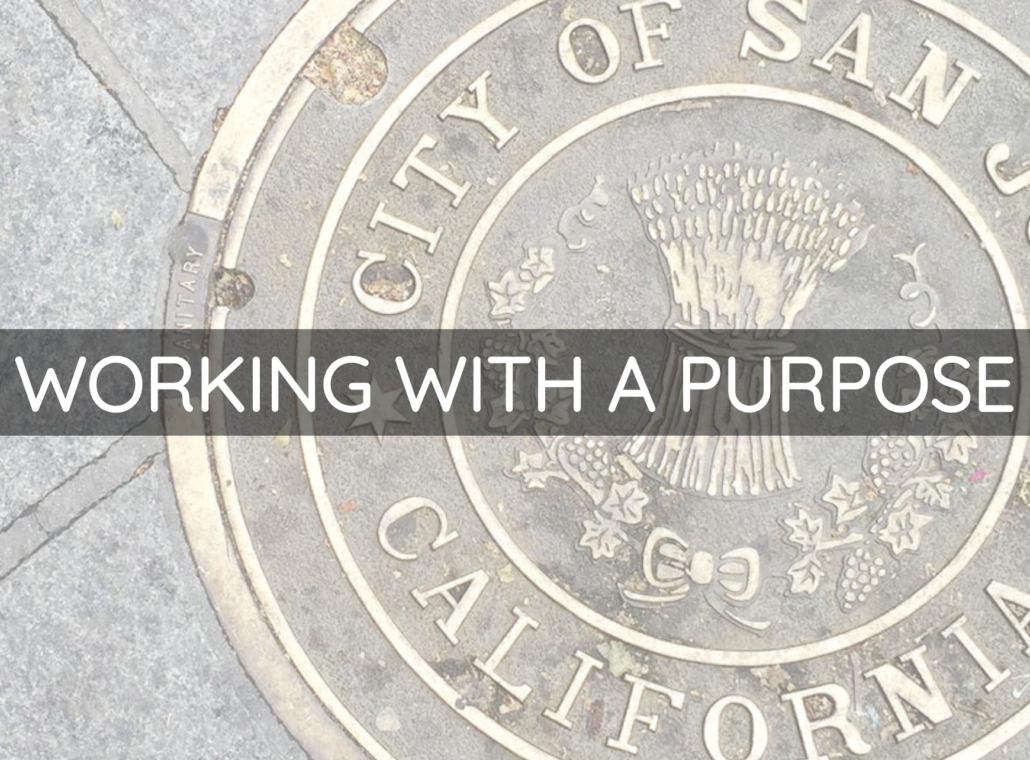Hashtag Etiquette 101
It’s clear that people don’t truly understand or respect the mighty hashtag. All too often, you see folks stuffing the bottom of their posts with a cloud of irrelevant hashtags, hoping to be noticed on unrelated feeds. When businesses hashtag their own business name, it looks like a cry for help. These social media mistakes are not uncommon, and they are not the only ones. Let’s be clear: there is no manual on how to use hashtags. But when you consider your audience, the post’s topic, and the overall quality of your message, you should be able to recognize ways to improve hashtag usage, stay relevant, and offer a high quality to both readers and scrollers alike.
Many people don’t understand that overuse of hashtags is spammy and can be off-putting to readers. Hashtags are meant to add value to the audience by way of relevance. More relevance equals higher quality. Overuse dilutes your intended message in more ways than one. I recommend using hashtags within the readable text, essentially killing two birds with one stone by categorizing the main topic with a relevant hashtag inside the message you are getting across. My rule of thumb is a max of three hashtags or topics per post. The more individualized your posts are, the stronger they will be.
Hashtags should be readable and pertinent to the main topic, especially when used with images or video. Not only should you use hashtags for contextual purposes, but you also need to make sure #PeopleCanReadTheText. Camel-backing, or capitalizing the first letter of each word, helps the human eye and brain pick up what your putting down. #SeeWhatIDidThere? Also, when you’re using photos or videos, please know that it’s in your best interest to have hashtags match the visuals. For example, you shouldn’t use #Wine when the picture or video does not include any wine. You gotta stay relevant.
By spamming the feeds, publishing poor quality info, being lazy with messaging, showing a lack of care for their audience, and being overall irrelevant in the arena, hashtag abusers are doing more harm than they know. It’s unneeded and unwanted static. When people use hashtags appropriately, everyone wins. The audience benefits from getting relevant info that’s easy to consume, and the person or business that created the post benefits from having an audience that trusts them and finds value in their posts.
For businesses or organizations that manage social media pages, we understand that each situation and intention for having a social outlet is different.] When we help clients with social engagement, we always consider the goals and intentions before coaching them on refined methods, like the use of hashtags.
#HashtagStuffing #SpamClouds #Irrelevant #ReachingForAttention #DilutingTheMessage #yacantreadwatdissayz #BusinessName #CityNamesAroundMyCity #TooBroad #OffTopic #PopularTermsJustBecause #NoResearch #Lazy #PoorQuality #HashtagAbuser …..NOT ANY MORE…. #StayRelevant
—
Written by Carl Foisy




